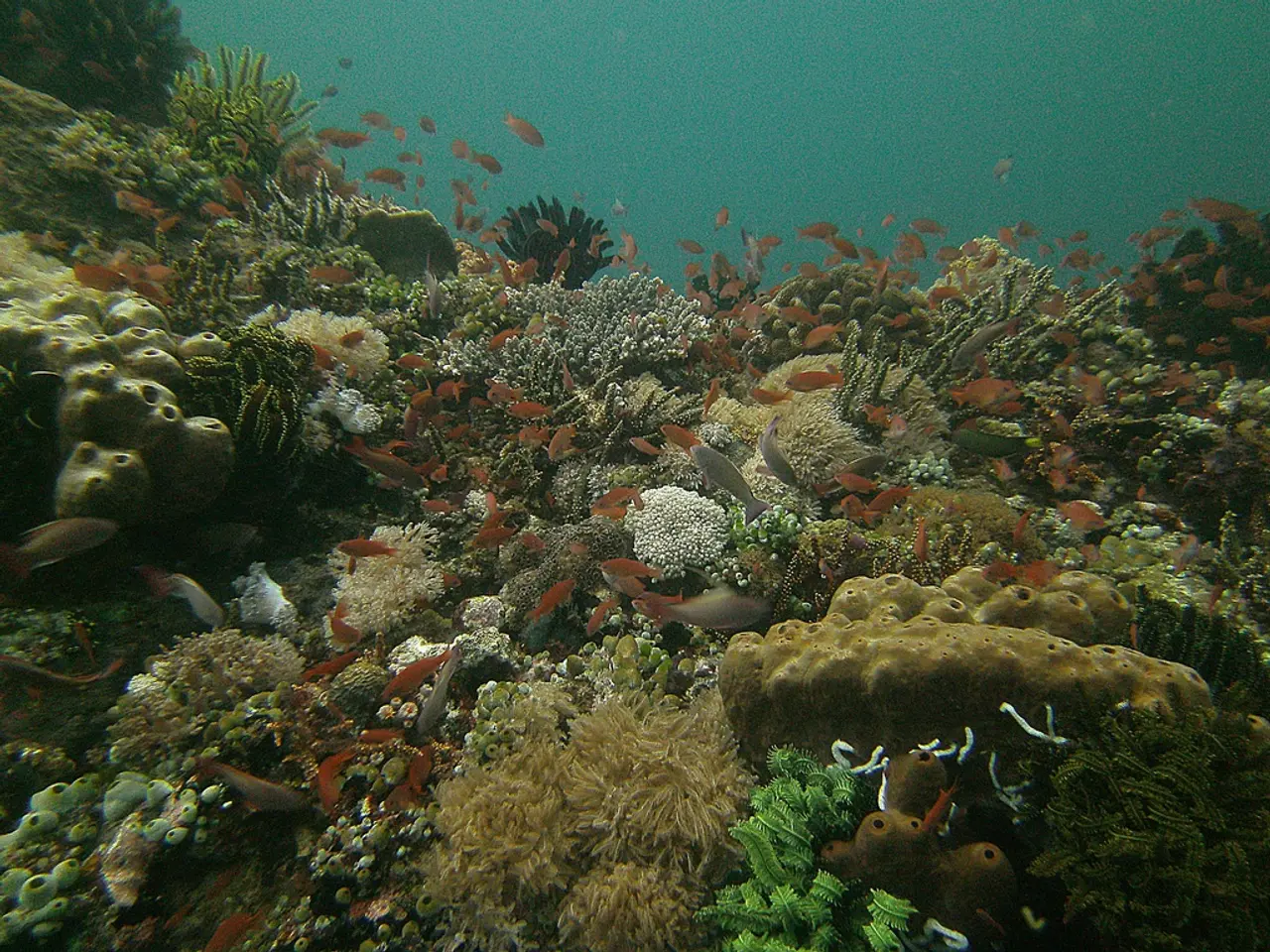Orca Whale Study: Dog and Drones Offer Less-Invasive Methods
Researchers are employing innovative methods to study and protect the declining orca whale population off Washington's coast. Deborah Giles of SeaDoc Society uses a dog named Eba to locate orca poop, providing a non-invasive way to gather crucial data.
Orca whales in the Pacific Northwest face numerous threats. Their population has dwindled by approximately 20 percent since the late 1900s. Scientists monitor their health to prevent further decline. Traditional methods, like shooting projectiles into the dorsal fin, can cause stress and injury. However, non-invasive techniques are now available.
Deborah Giles uses a dog named Eba to find orca poop. Eba's keen sense of smell helps locate the samples without disturbing the whales. Drones are also employed to collect breath samples, enabling analysis of genetic material, reproduction hormones, and disease signs. These methods help researchers understand the orcas' health and the impacts of underwater noise, overfishing, and pollution on their wellbeing and communication.
The use of dogs and drones for sample collection offers a less invasive approach to studying orca whales. These methods can help scientists better understand the threats facing the orca population and inform conservation efforts to protect these magnificent creatures.
Read also:
- Achieving Successful Bonsai Grafting: Selecting the Appropriate Scion and Rootstock for Harmony
- Marburg Buzzes With October Events: Study Guide Out, Breast Cancer Awareness Walk, New Police Dog, Digital Transport
- European consumers are on the brink of experiencing a significant leap forward in electric vehicle (EV) charging technology, as Chinese automaker BYD prepares to unveil its innovative advancements.
- India's First Indigenous Nuclear Submarine Fires Ballistic Missile








